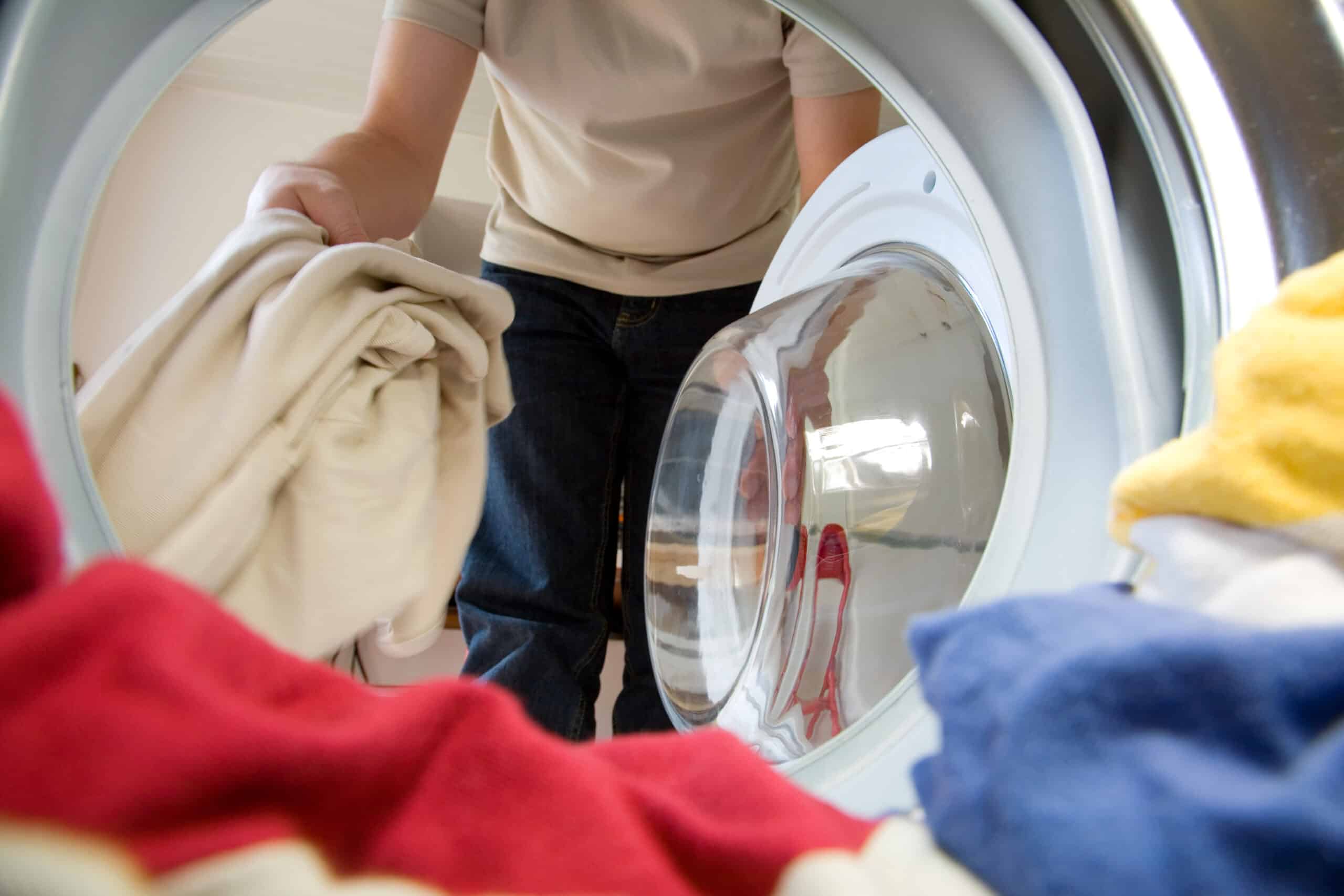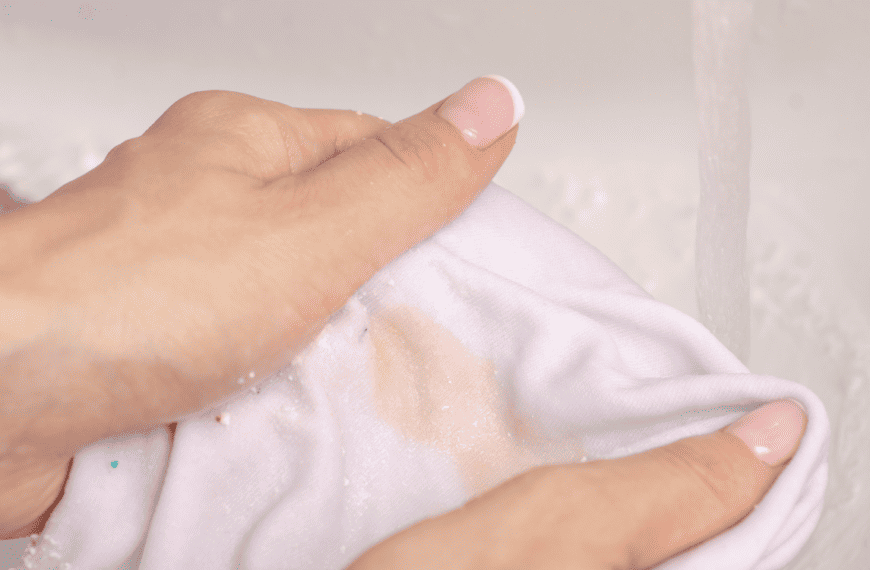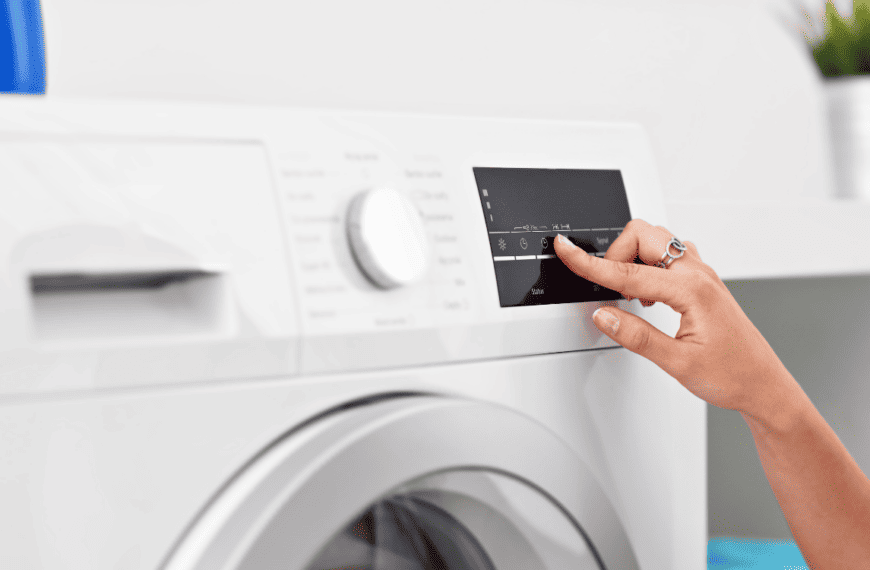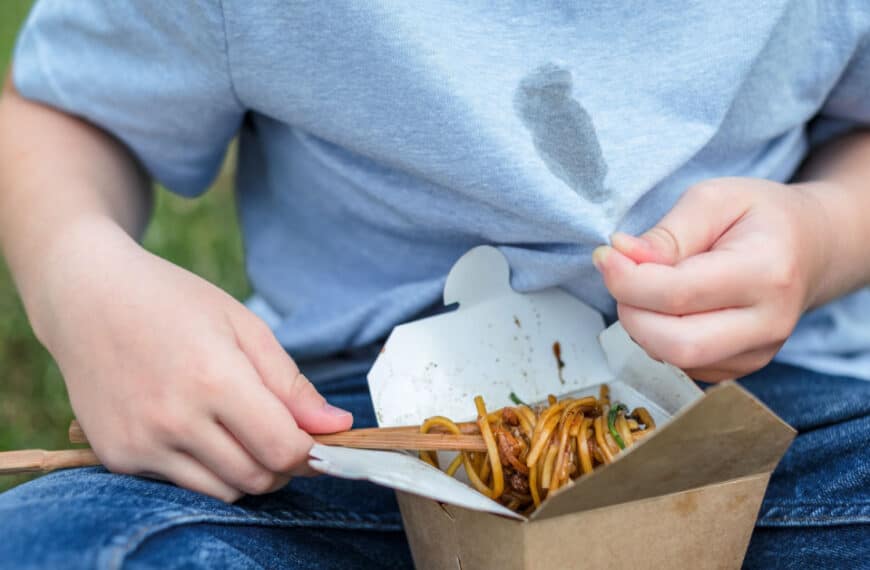Laundry is a daily chore in many households, with the average family washing roughly 300 loads annually. Considering the time and effort it takes to wash and fold that many clothes, doing it correctly the first time becomes all the more critical.
Pulling a still-stained garment from the dryer only to toss it back in the hamper gets annoying after you put in the work. Even worse, finding that your dark red shirt bled all over your white clothes in the wash can make you throw your hands up in defeat.
Sorting clothes can feel like a hassle when you’re trying to get on with your day, but a thoughtful laundry routine will save you tons of frustration. We’ll explain why you shouldn’t wash white clothes and dark clothes together, and offer tips for getting fresher clothes at the end of every cycle.
Can You Wash Whites with Colors?
Color bleeding and crocking are common when washing dark and light-colored clothes in the same load, especially if the clothes are new. You can usually wash dark and lighter items for some colors. But for the first few washes, keeping new clothes separate to remove any excess dye is crucial.
Separate your laundry into whites, light colors, bright colors, and darks. Bold dyes on unwashed clothing may mix, so go an extra step by sorting by different colors for the initial washes. For the long term, it’s best to separate items with a tendency for bleeding or fading. Put bright reds, denim jeans, and anything with a particularly dark color in different loads to keep your clothes lasting longer.
Wash with Cold Water
If you want to wash your dark clothes with light-colored clothes to save time, you can limit color bleeding by using cold water. Warm or hot water cycles open up the fabric, and more dye washes off dark clothes that aren’t colorfast.
Though separating items is still ideal, using cold water usually stops colors from moving from dark garments to other clothes. And with up to 90% of the average washer’s energy usage going toward heating the water, you’ll save money while being kinder to your clothes and the environment.
Hot water is necessary to sanitize fabrics or remove challenging stain types, such as oils. Washing whites in hot water is often better if the fabric can handle it. It removes and keeps dirt particles off the material, allowing your clothing items to come out of the washing machine brighter than ever.
Otherwise, cold water will have no problem cleaning your clothes, and many detergents even work better with it. Enzymes and surfactants in them activate at colder temperatures to clean blood, grass, and other stains without pulling dye from the dark-colored fabric. Unless you’re worried about germs or aggressive stains, wash your dark-colored clothes in cold water and preferably with a more gentle detergent.
How to Separate Clothes
Checking the garment tag is crucial to avoid shrinking natural fabrics in hot water or damaging dry-clean-only garments. After considering how your washing machine will treat your clothes, think about how the fabrics will interact with different materials.
Separating dirty clothes into whites, light colors, and darks is a critical part of sorting laundry, but it’s only the first step in an effective process. Here are a few more ways you should be separating your laundry:
- Bulky and light items: Separate jeans and other dense fabric types from delicate items that could suffer damage
- Lint-producing and lint-attracting laundry: Avoid mixing items that give off lint, like wool, and those that attract it, such as polyester or corduroy
- Soil level: Separate extra-dirty clothes, like soiled underwear or muddy work pants, from the other laundry to keep cleaner items from getting dirty or going through harsh cycles
Separating clothes this way likely sounds a little overwhelming. But once you develop an operable laundry process, it will become second nature. Use different baskets to separate whites, colored clothing, bulky items, and any other category that helps you stay organized. By picking a day of the week to handle each basket, you’ll have no problem keeping your laundry system running smoothly.
Tips to Protect Clothes in the Washing Machine
Even the strictest sorting routine may not be enough to get optimal results on laundry day. After separating your clothing, follow these washing machine tips to keep the colors and fabrics looking their best.
Turn Clothes Inside Out
You’ll protect your clothes in several ways if you turn them inside out before washing them. When zippers are up and everything is inside out, you’ll stop much of the abrasive wear that can fray, rip, and fade fabrics in the wash. Any damage or color transfer that does occur will only happen to the inside of the garments, keeping the exterior fibers safe.
Test for Color Fastness Before Washing
Sometimes, a clothing label will tell you to “wash separately” or to only wash with similar colors, indicating a high likelihood of bleeding. If the tag doesn’t have a warning, it’s likely safe to put it with other colors.
To play it safe, you can still check for color fastness. Dampen one section of the clothing item with warm water. Let it sit for a few minutes, and press a clean white cloth against it to see if any color transfers. Any dye on the towel means you should wash the clothing item in a separate load.
Pretreat Stains
Pretreat tough stains on clothes to help them loosen and shed more effectively in the wash. Rinse them with cold water, and apply liquid detergent or a spray stain-removing product a few minutes before washing. If the stains are particularly stubborn, add the garment to your heavily soiled load.
Use Color-Catching Sheets
Color-catching sheets mix with your clothes in the washing machine to keep colors from running. About the size of a dryer sheet, these little miracle shields absorb stray dyes before they can reach your light clothes. Mixing colors isn’t as risky with a dye trapper. You’ll see the effect when you pull out a sheet with tons of stains but the clothes come out crisp and clean.
Hire a Housekeeper with Anita’s
Having somebody else do it might be the ultimate laundry hack. If you’re ready to ditch the hassle without sacrificing bright, clean clothes, Anita’s is here to help you find the perfect local housekeeping professional to help with the laundry. Request a booking today, and enjoy the convenience of cleaner clothes without the stress!









